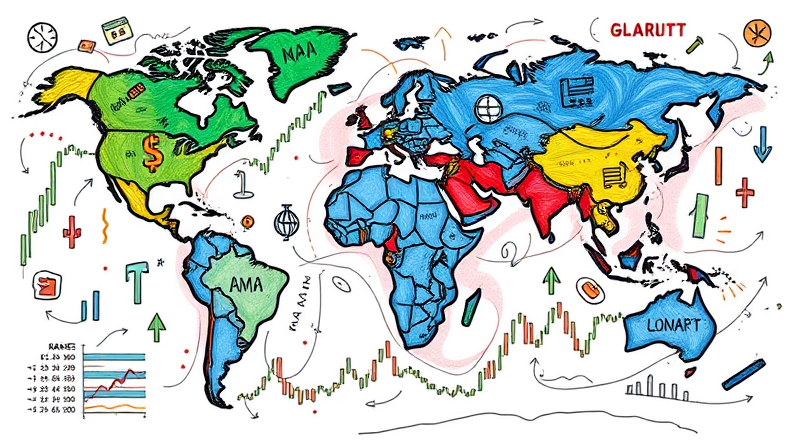
Understanding unemployment figures is essential for anyone who cares about economic health. This article delves into how those percentages shape our world, communities, and future opportunities.
The unemployment rate measures the share of the civilian labor force actively seeking work but not currently employed. It serves as a critical indicator of labor market health and is closely watched by policymakers, investors, and the public.
By excluding retirees and discouraged workers, the official rate focuses on those actively searching for employment. However, it does not capture every dimension of labor market challenges, such as underemployment or marginal attachment to the workforce.
The U.S. Bureau of Labor Statistics (BLS) releases unemployment data monthly, classifying individuals as employed, unemployed, or not in the labor force. To ensure clarity, statistics are seasonally adjusted to account for fluctuations tied to holidays, school calendars, and predictable economic cycles.
In addition to the headline rate (U-3), the U-6 rate broadly measures underutilization by including part-time workers who want full-time jobs and discouraged workers who have stopped looking. This broader measure reached 8.0% in early 2025.
Recent data points reflect a labor market that remains resilient despite global headwinds:
Despite expectations of a rise to 4.3%, the rate edged down to 4.1% in June. Overall, the range between 4.0% and 4.3% has persisted over recent quarters, indicating a stable but slightly weakening job market.
Several factors influence current unemployment levels:
Understanding these drivers helps forecast potential shifts in employment and guides targeted interventions.
Unemployment rates can vary dramatically across states, industries, and population groups. For example, in Q1 2025:
Similarly, disparities exist among age, gender, race, and education levels, underscoring significant disparities among demographic groups that require nuanced policy responses.
Historically, the U.S. unemployment rate hovered between 4% and 5% before the 2008 financial crisis. It spiked to over 10% during that recession and climbed again to 8.1% in 2020 amid the pandemic.
Policy choices—such as stimulus packages, unemployment benefits, and monetary interventions—play pivotal roles in mitigating downturns. Recent workforce reductions and tariff implementations highlight how political actions can have unintended economic side effects.
Unemployment affects more than wallets; it shapes communities and individual well-being. Some key consequences include:
Addressing unemployment thus requires holistic strategies beyond job creation, encompassing social support systems and retraining programs.
Productivity has surged by 64.6% between 1979 and 2021, yet wage growth has only risen 17.3% over the same period. This productivity gap influences living standards and highlights why a low unemployment rate does not always translate into improved economic security.
Underemployment and wage stagnation are critical to understanding the true labor market picture. Workers may be employed but in positions that offer fewer hours, lower wages, or limited career advancement.
Unemployment figures guide decisions on fiscal stimulus, interest rate adjustments, and workforce development initiatives. Analysts use labor market metrics alongside participation and underemployment data to:
By interpreting these metrics effectively, stakeholders can craft policies that foster inclusive growth and resilience.
Unemployment numbers are more than just statistics; they communicate the balance between job supply and demand, reveal economic strengths and weaknesses, and inform the policies that shape our future.
While the headline rate offers a snapshot, broader measures and contextual data illuminate the full story. By examining trends, demographic nuances, historical patterns, and underlying drivers, we gain a comprehensive understanding of the labor market.
Ultimately, leveraging this insight can lead to more effective solutions, stronger social safety nets, and a more equitable economy for all.
References













